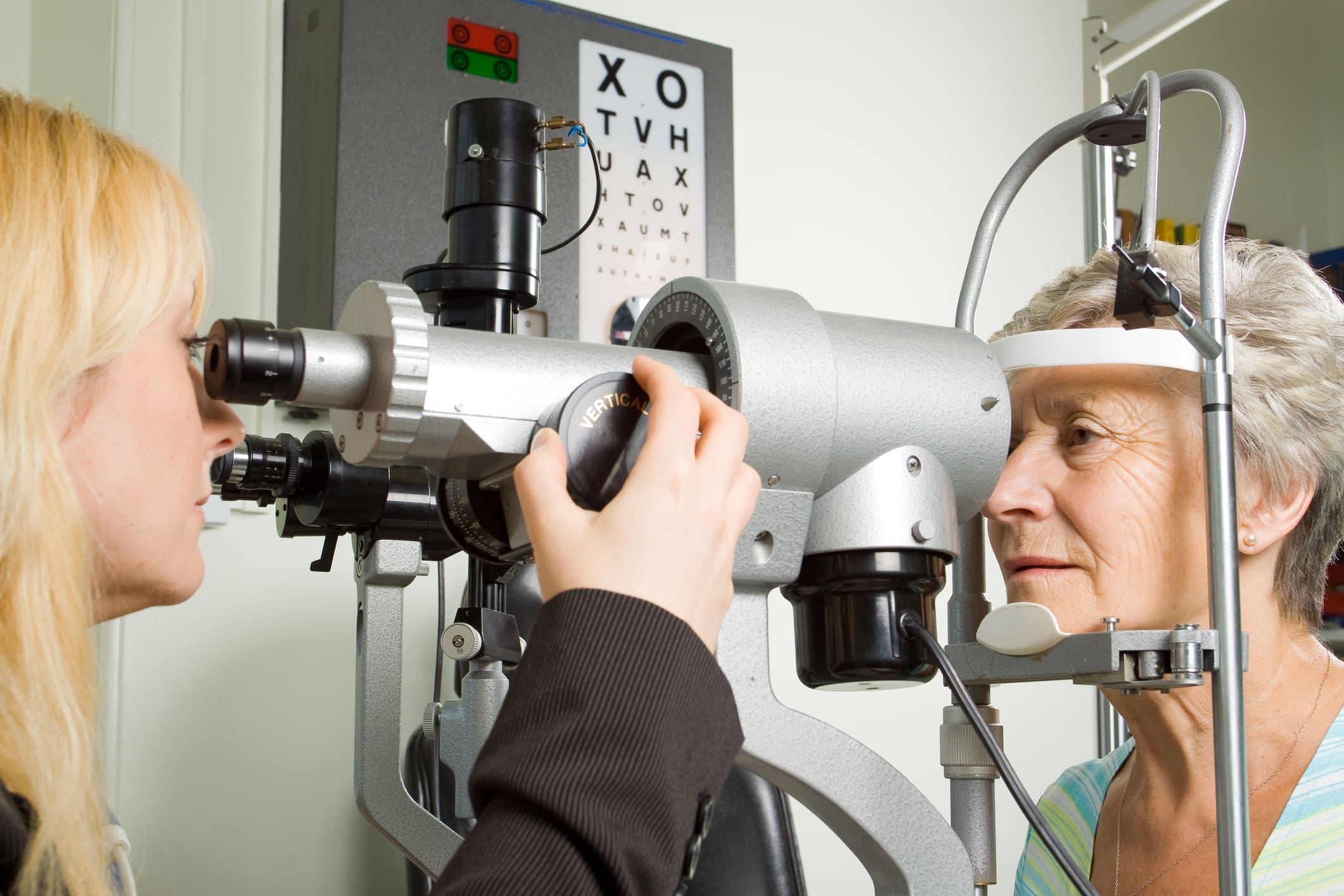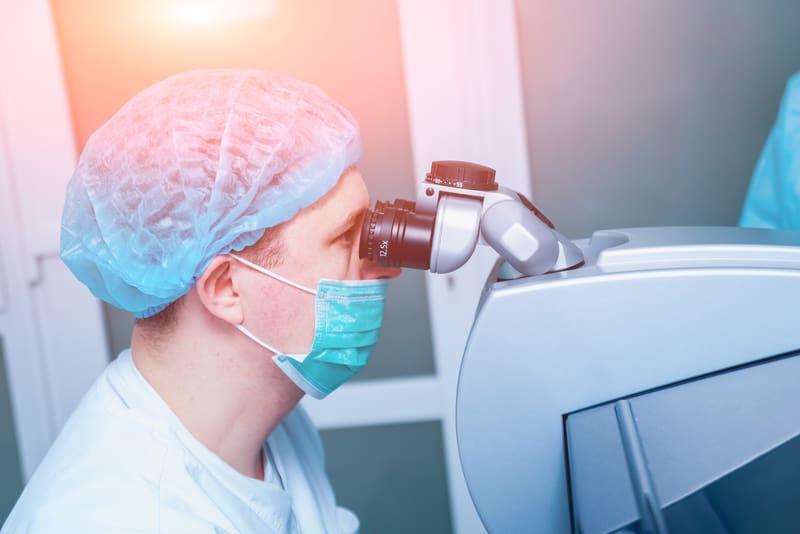Laser-assisted in situ keratomileusis, commonly known as LASIK, stands as a beacon of modern medical…

Understanding the Link between Dry Eyes and Eye Irritation
Dry eyes, a condition medically termed as dry eye syndrome, affects millions of individuals globally. It arises when the eyes do not produce sufficient tears, or the tears evaporate too quickly, causing the eyes to become dry and irritated. The connection between dry eyes and eye irritation is a crucial one to understand, as it illuminates why this seemingly simple issue can lead to discomfort and, in some cases, more significant vision problems.
Causes of Ocular Irritation
Eyes can be dry not only due to the lack of sufficient moisture (also known as aqueous deficient dry eye) but also blepharitis, meibomian gland dysfunction, and ocular rosacea. In the case of aqueous deficient dry eye and meibomian gland dysfunction, the lack of sufficient moisture or poor quality tear film, respectively, can cause a gritty or scratchy sensation in the eyes, often accompanied by redness and inflammation. Moreover, without adequate tears to wash away dust, allergens, and other irritants, these substances can linger on the eye surface and cause further irritation and discomfort. In the case of blepharitis, patients most often feel grittiness, sandiness, burning, and itching along the eyelid margin. This is usually worse in the mornings upon waking.
Symptoms and Diagnosis of Dry Eyes
Typical symptoms of dry eyes include a stinging or burning sensation, red eyes, sensitivity to light, blurred vision, fluctuating vision, or a feeling of having something in the eyes. Diagnosis involves an examination of the eyes and the tear production process, sometimes using specific tests like a tear breakup time test, Schirmer’s test, or staining the cornea with a dye to observe tear patterns.
Managing Dry Eyes and Reducing Irritation
There are many treatments for managing dry eye and reducing irritation. The first step usually involves using over the counter artificial tears or ointments to temporarily alleviate symptoms. However, the reduction in irritation only lasts as long as the drop or ointment stays on the surface of the eye. Lifestyle adjustments, such as taking breaks during screen time, avoiding exposure to wind or dry air, and staying hydrated can also help manage dry eyes.
For moderate to severe dry eye, prescription eye drops, punctal plugs, home therapy, or procedures. Procedures like BlephEx for treatment of blepharitis, TearCare for treatment of meibomian gland dysfunction, and IPL for ocular rosacea, are much more effective in treating dry eye and ocular discomfort than over the counter treatments.
A Deeper Connection: Dry Eyes and Eye Irritation
Understanding the link between dry eyes and eye irritation opens a pathway to effective treatment and symptom management. Sometimes, fixing irritation is simple. Other times, it requires more involved treatments or procedures, all of which is discussed in depth by our doctors during your dry eye consultation. With this knowledge, individuals suffering from dry eyes can make informed decisions about their eye care, seek appropriate treatment, and take practical steps towards mitigating eye irritation. As a result, this contributes to better eye health and an improved quality of life for those dealing with this common, yet often bothersome, condition.
Don’t let dry eyes hamper your comfort or daily activities any longer. Reach out to our expert team today for a comprehensive eye examination and tailored treatment options that can alleviate your dryness and irritation effectively.



